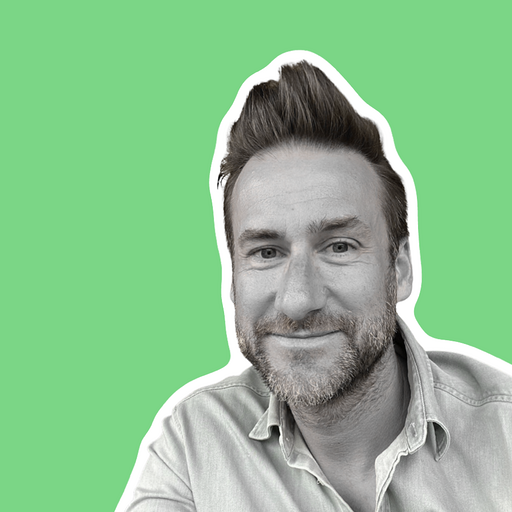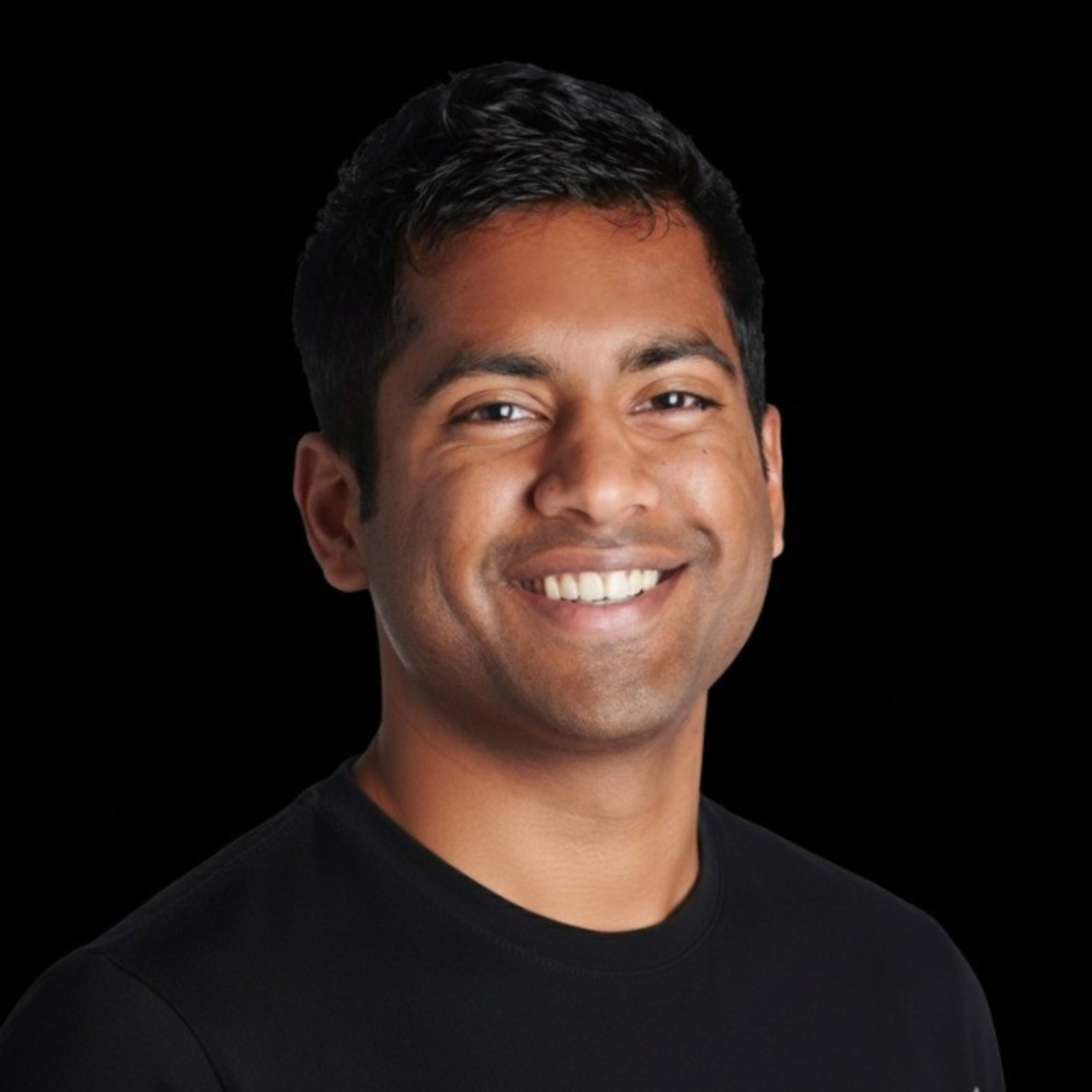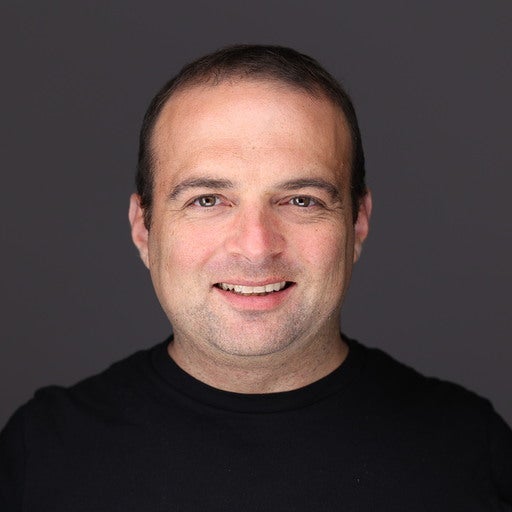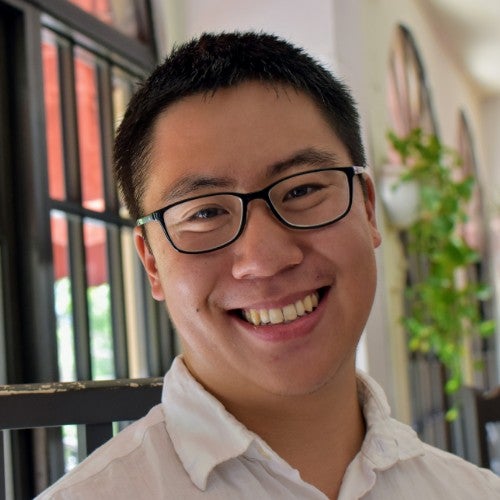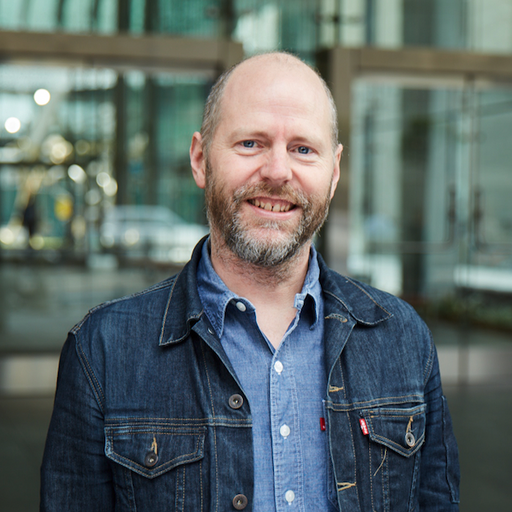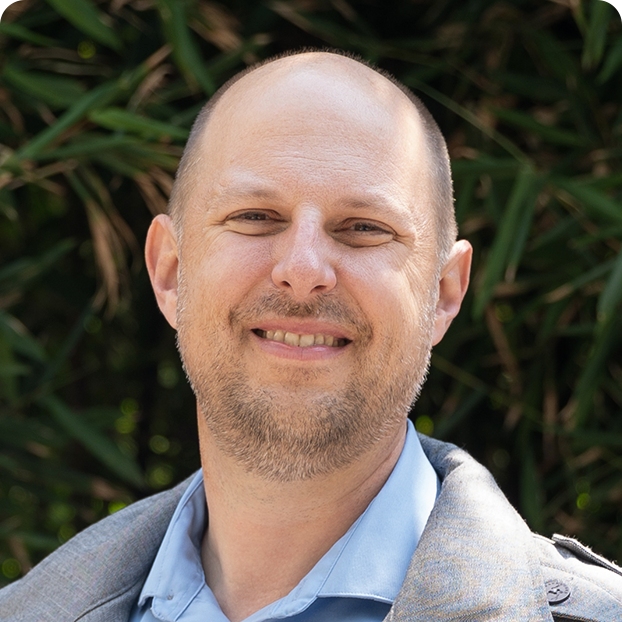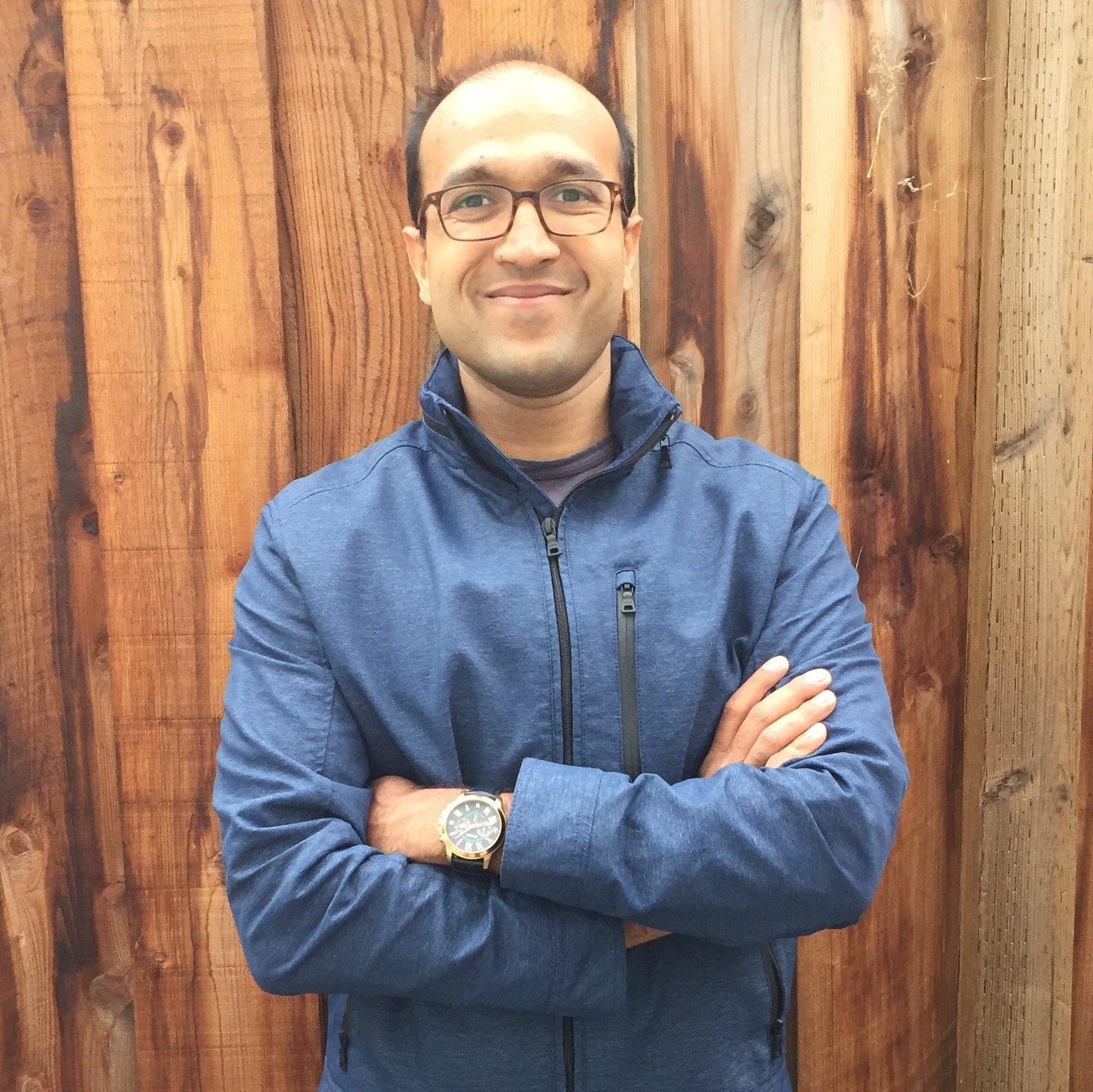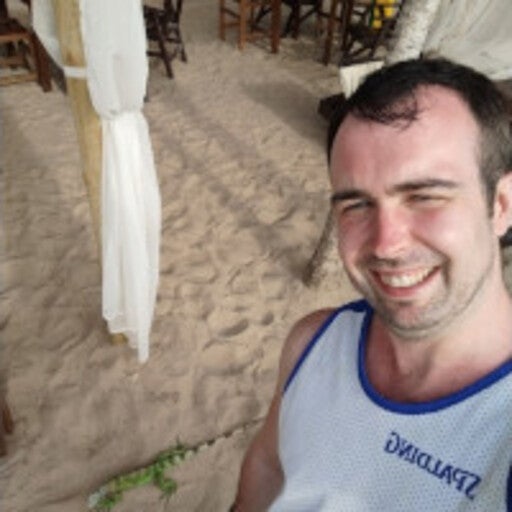At Docker, we are building our hardened images to exacting standards. That means carefully crafting by hand, because humans are still the best security architects. That said, we understand the value of AI and deploy it as an extra set of eyes at critical junctures in our Docker Hardened Image (DHI) build process. With this dual approach, our users get better coverage and more secure products. Humans aren’t perfect, but AI can help them become better. Here’s a recent example of how the AI tools we use for DHI caught a bug, made a product more secure, and contributed back to the community.
How the AI guardrail stepped in
Our upstream release automation opened a routine version bump for nginx-exporter. As part of our release process, the DHI AI guardrail fetched the upstream diffs that the bump would pull in and scanned them with language-aware checks. It spotted a classic logic inversion in the exporter’s new proxy-protocol path and immediately blocked our PR from auto-merging. I reproduced the issue, confirmed the diagnosis, and submitted a small fix upstream. Because the guardrail held the line, customers never saw the bug.
That sequence matters. A normal dependency update would have sailed through and shipped a regression. Instead, Docker’s AI guardrail acted like a release bouncer at the door of a bar. The AI guardrail looked at what was about to enter, recognized a risk pattern, and stopped it from coming in and causing trouble. A human Docker engineer then read the flagged issue, proved the failure and sent the fix. The fix was then accepted by the project, improving their code base. So, this fix not only improved DHI but also improved the project for everyone.
While the fix pull request has been reviewed and approved by the upstream maintainers, our DHI build pipeline applied the patch and shipped the new, patched version to our customers. Making sure that customers never saw the regression in their environments.
The AI assisted DHI process
Ironically, standard AI coding assistants didn’t spot the flaw. This is why having our own internal AI guardrails is so critical. They provide the extra layer of support and the specialization that is hard to get from general-purpose coding assistants.
This is how we want AI to show up in our pipeline. It is not a replacement for engineering judgment, but a force multiplier for safety. The guardrail focuses on a narrow set of high-leverage issues that can cause big problems such as inverted error checks, ignored failures, and resource mishandling or suspicious contributor activity.
The example also shows the value of layered safeguards. We don’t just accept an upstream version and hope for the best. The AI guardrail scrutinizes what changed. Our policy treats high-confidence findings as a hard stop. Humans then verify, reproduce the behavior, and apply the smallest correct patch. Only then does the release move forward. The best security is proactive, not reactive.
As I alluded to above, there’s an important broader open source benefit to our AI guardrails. DHI depends on hundreds of community projects, some of which are downloaded millions or even billions of times per month. When the DHI AI guardrail surfaces an issue, our default is to fix it upstream rather than carry a private patch. That keeps our images clean, reduces long-term maintenance, and gives every downstream user a better baseline. It also helps the upstream projects, which benefit from our AI anomaly detection, our human judgment, and our subsequent code fixes.
So back to the title. DHI is crafted by engineers, but it is protected by AI. Our guardrail is an active and continuously improving AI that reads upstream diffs with context, recognizes risky patterns, scores confidence, and blocks merges that don’t pass muster. Well-applied AI helps the human work better with faster reviews, tighter patches, and fewer regressions.
This is the partnership we’re optimizing for. Humans set intent, exercise design judgment, and ship features. AI enforces discipline at critical gates. Best of all, every catch feeds the model signals for future scans, so protections improve as our ecosystem evolves. Collectively, this adds to the security of the entire open source ecosystem.
It’s a win for Docker, for our customers, and the community.
